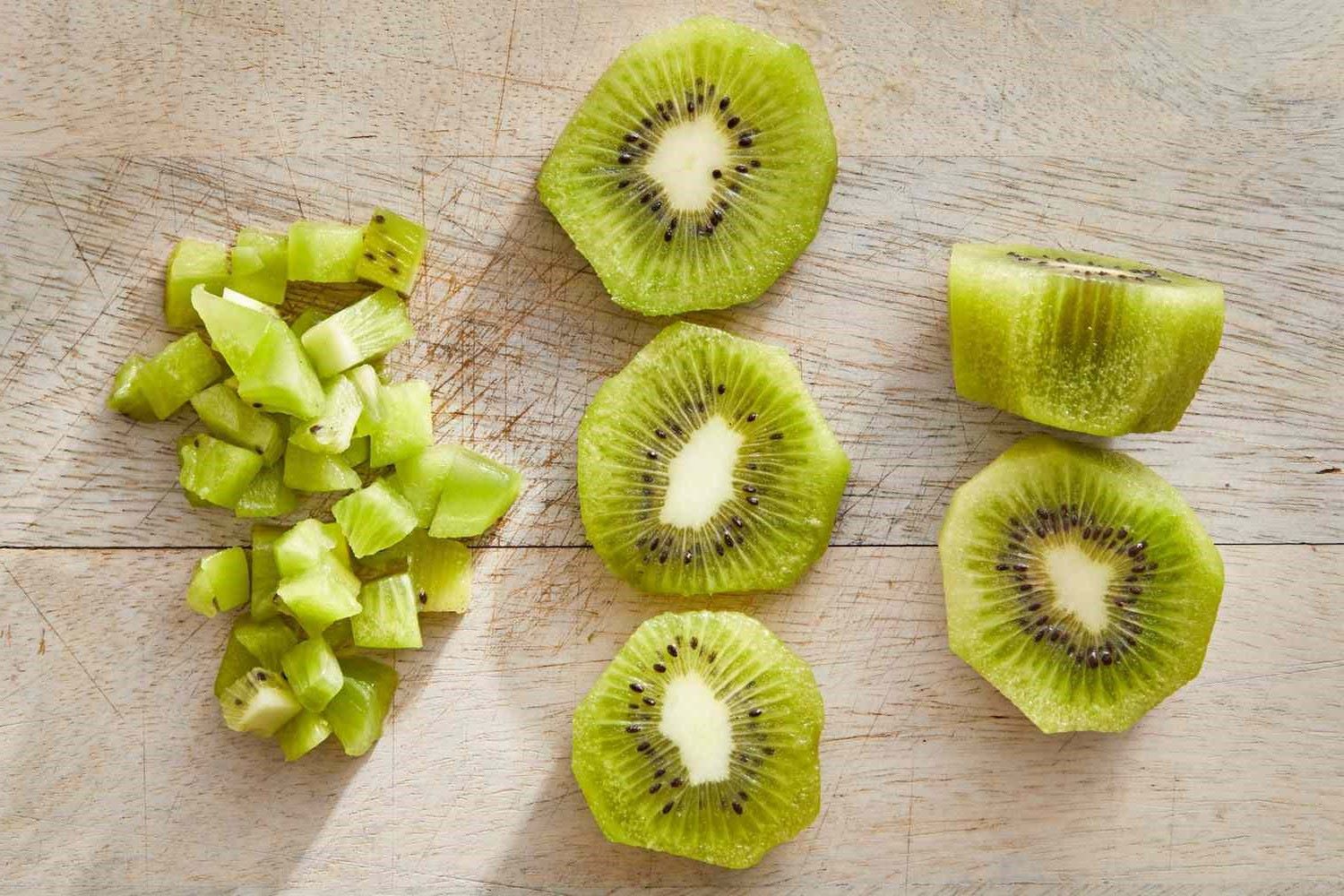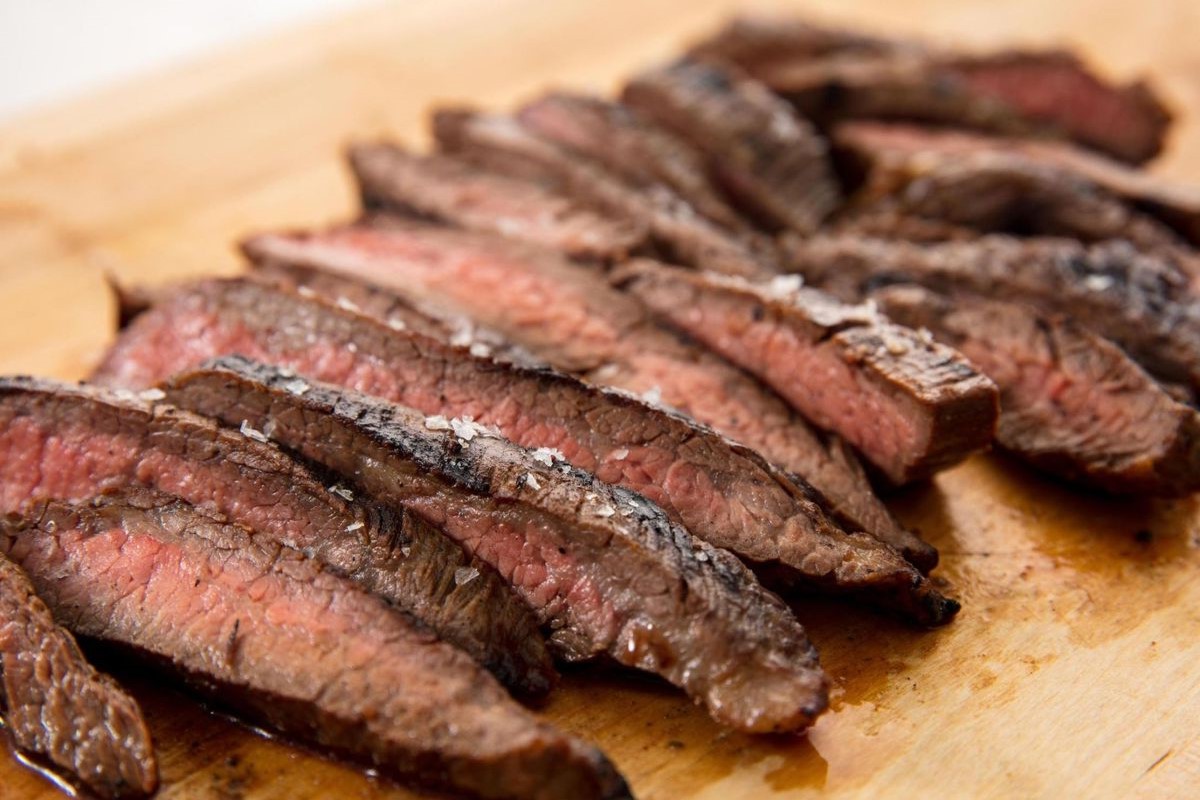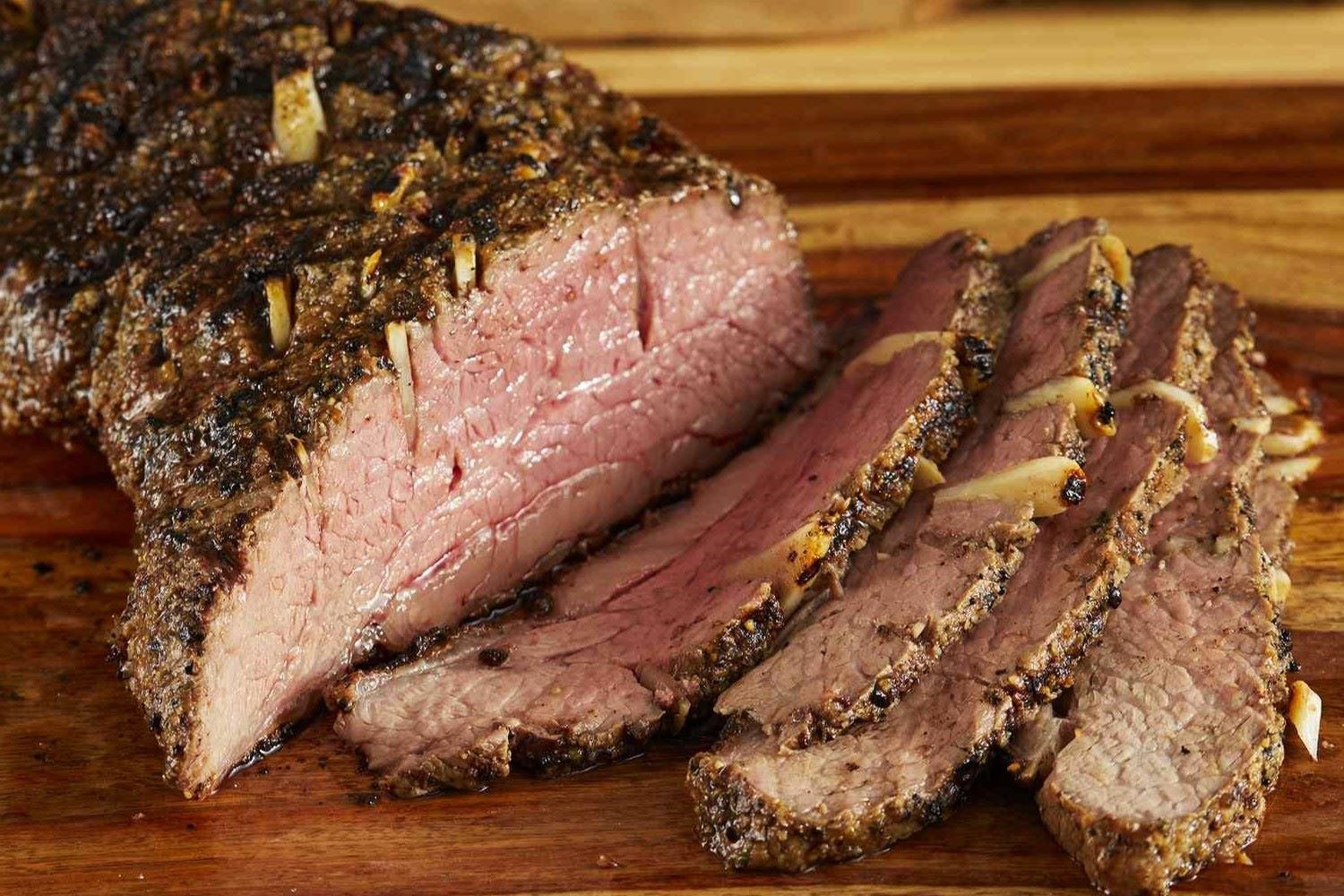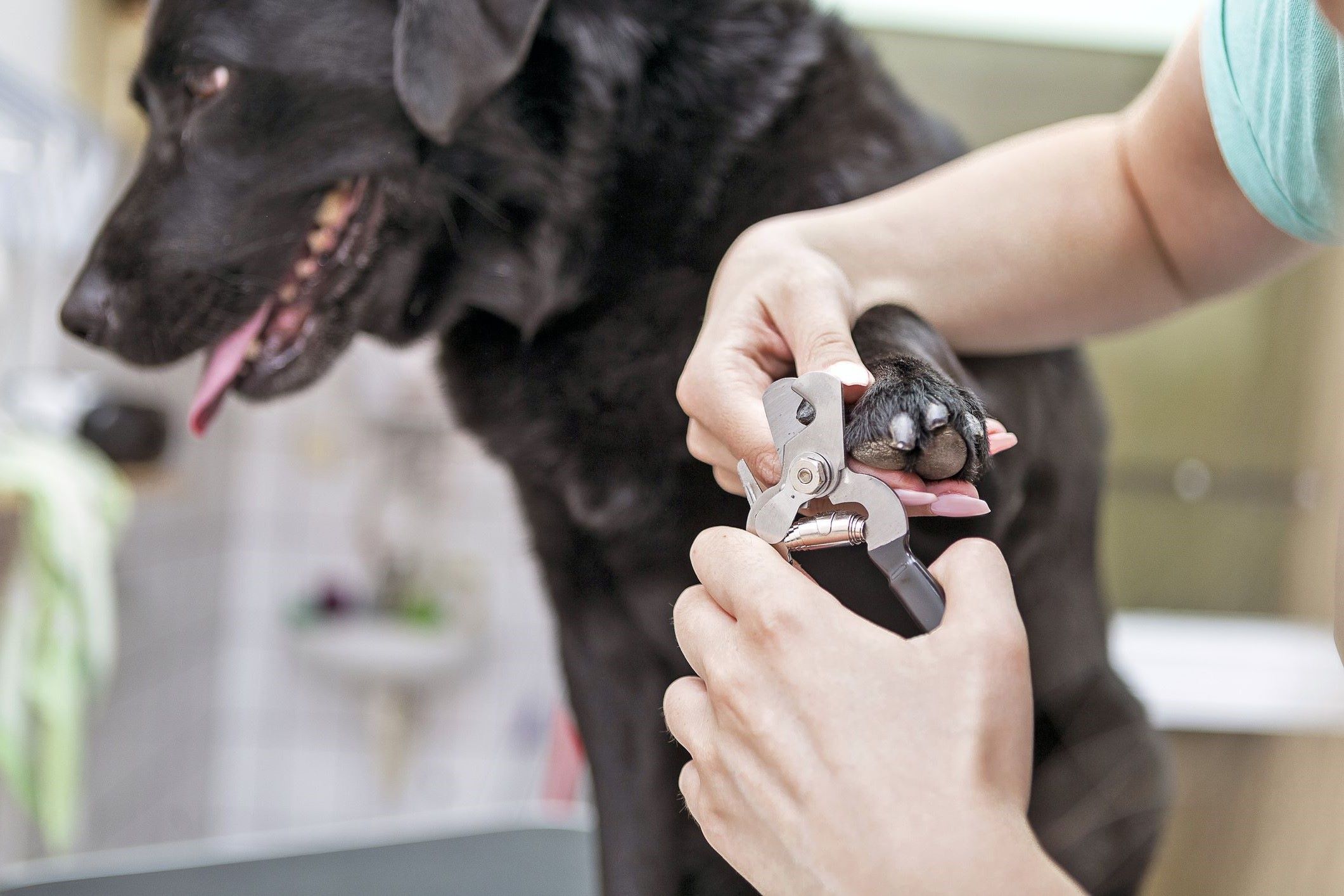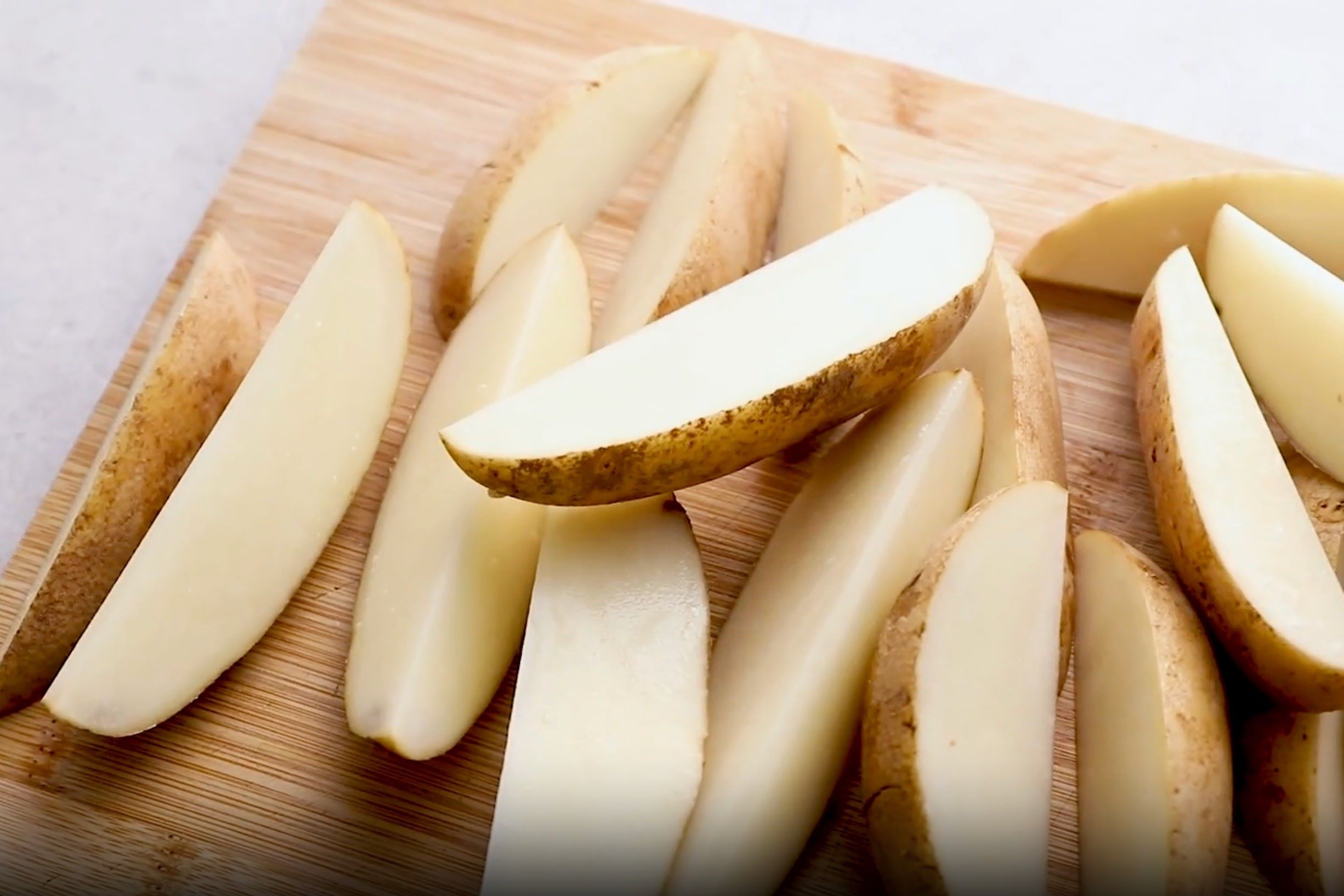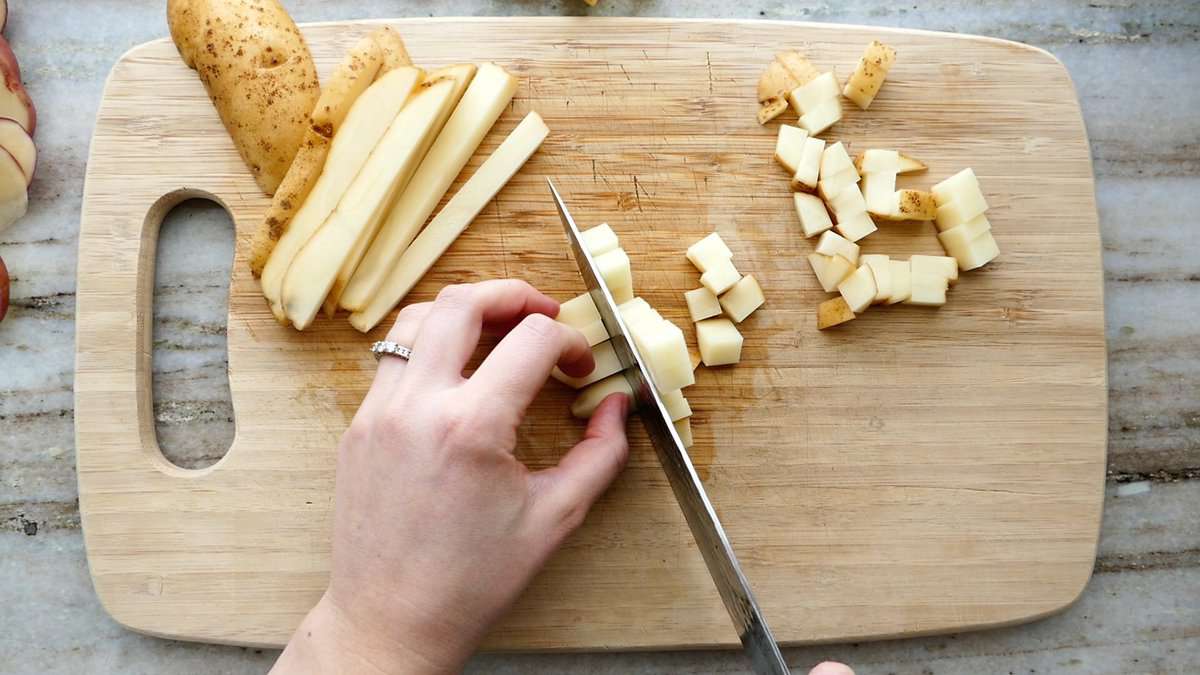Home>Home and Garden>How To Cut PVC Pipe
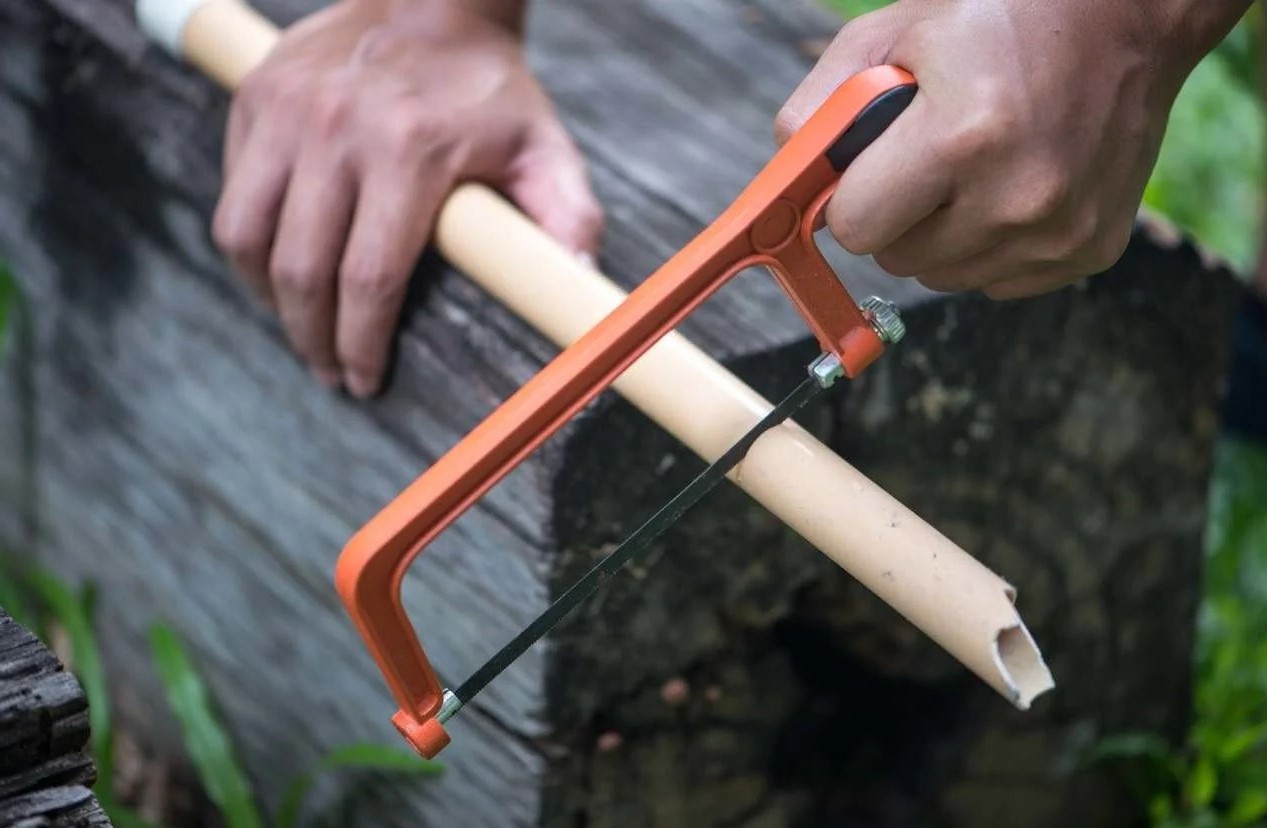

Home and Garden
How To Cut PVC Pipe
Published: March 1, 2024
Learn the best techniques for cutting PVC pipe in your home and garden projects. Discover tips and tools for precise and efficient PVC pipe cutting.
(Many of the links in this article redirect to a specific reviewed product. Your purchase of these products through affiliate links helps to generate commission for Noodls.com, at no extra cost. Learn more)
Table of Contents
Introduction
Cutting PVC (polyvinyl chloride) pipe is a fundamental skill for many home and garden projects. Whether you're a seasoned DIY enthusiast or just starting out, mastering the art of cutting PVC pipe is essential for various plumbing, irrigation, and construction tasks. Understanding the proper techniques and safety measures is crucial to achieving precise cuts and ensuring the structural integrity of your projects.
PVC pipe is a versatile material commonly used in plumbing, irrigation systems, and outdoor structures due to its durability, affordability, and ease of use. It's available in various diameters and lengths, making it suitable for a wide range of applications. However, to harness the full potential of PVC pipe, it's essential to know how to cut it accurately and efficiently.
In this comprehensive guide, we will delve into the essential steps and techniques for cutting PVC pipe effectively. From safety precautions to the tools and methods required, this article will equip you with the knowledge and skills needed to tackle PVC pipe cutting with confidence. Whether you're embarking on a simple repair or a complex installation, understanding the nuances of cutting PVC pipe will empower you to execute your projects with precision and finesse.
By the end of this guide, you'll be well-versed in the art of cutting PVC pipe, ready to take on a myriad of home and garden endeavors with newfound expertise. So, let's dive into the world of PVC pipe cutting and unravel the secrets to mastering this indispensable skill.
Read more: How To Clean A Pipe
Safety Precautions
When it comes to working with PVC pipe, prioritizing safety is paramount. Before embarking on any cutting task, it's crucial to adhere to a set of safety precautions to protect yourself and others from potential hazards. By following these guidelines, you can ensure a secure and risk-free environment while working with PVC pipe.
Eye Protection
Wearing appropriate eye protection, such as safety glasses or goggles, is non-negotiable when cutting PVC pipe. Tiny particles and debris can be released during the cutting process, posing a risk of eye irritation or injury. By shielding your eyes with protective gear, you can safeguard against these potential hazards and work with peace of mind.
Respiratory Protection
PVC pipe cutting can generate fine dust particles that may pose respiratory risks if inhaled. To mitigate this, consider wearing a dust mask or respirator to prevent inhalation of PVC dust. This precaution is especially important when working in enclosed or poorly ventilated spaces, where dust accumulation can be more pronounced.
Hand Protection
Utilizing appropriate hand protection, such as work gloves, is essential to shield your hands from potential cuts or abrasions while handling PVC pipe and cutting tools. Gloves also provide a better grip, enhancing overall safety and control during the cutting process.
Read more: How To Clean A Glass Pipe
Workspace Preparation
Before commencing any cutting activities, ensure that your workspace is well-ventilated to minimize the accumulation of airborne particles. Additionally, clear the area of any obstructions or tripping hazards to create a safe and uncluttered environment for seamless maneuvering.
Tool Handling
Proper handling of cutting tools is crucial for accident prevention. Always use tools in accordance with their intended purpose and follow manufacturer guidelines for safe operation. Additionally, ensure that cutting tools are sharp and in good condition to facilitate clean and precise cuts, reducing the risk of slips or mishaps.
Secure Workpiece
Stabilizing the PVC pipe securely before cutting is essential to prevent unexpected movement or slippage during the cutting process. This can be achieved using clamps or a suitable vice to firmly hold the pipe in place, minimizing the likelihood of accidents or injuries.
By adhering to these safety precautions, you can create a secure and controlled environment for cutting PVC pipe, mitigating potential risks and ensuring a smooth and incident-free cutting process. Prioritizing safety not only safeguards against accidents but also fosters a confident and focused approach to working with PVC pipe, ultimately enhancing the overall efficiency and quality of your projects.
Tools and Materials Needed
When it comes to cutting PVC pipe, having the right tools and materials at your disposal is essential for achieving precise and clean cuts. Here's a comprehensive list of the items you'll need to effectively cut PVC pipe:
Read more: How To Cut Cement Board
Tools:
-
Hacksaw: A fine-toothed hacksaw is a versatile tool for cutting PVC pipe. Look for a hacksaw with a blade specifically designed for cutting plastic materials, as it will ensure smoother and more accurate cuts.
-
PVC Pipe Cutter: A PVC pipe cutter is a specialized tool designed for cutting PVC pipe with minimal effort. It provides a clean and straight cut, making it an ideal choice for projects that require precision.
-
Miter Box: If you prefer using a hacksaw, a miter box can be incredibly useful for guiding the saw blade at the desired angle, ensuring precise and uniform cuts.
-
Tape Measure: Accurate measurements are crucial for achieving the desired pipe length. A reliable tape measure will help you mark the cutting points with precision, ensuring a perfect fit for your project.
-
Marker or Pencil: Marking the cutting points on the PVC pipe is essential for accuracy. A marker or pencil can be used to clearly indicate where the cuts should be made, minimizing the margin for error.
-
Deburring Tool: After cutting the PVC pipe, a deburring tool is essential for removing any rough edges or burrs from the cut end. This ensures a smooth and professional finish, preventing potential issues during assembly.
Materials:
-
PVC Pipe: The type and diameter of the PVC pipe will depend on your specific project requirements. Ensure that you have the appropriate PVC pipe on hand before proceeding with the cutting process.
-
Safety Glasses or Goggles: Protecting your eyes is crucial when working with cutting tools. Safety glasses or goggles will shield your eyes from debris and particles generated during the cutting process.
-
Work Gloves: To safeguard your hands from potential cuts and abrasions, a pair of work gloves is essential. Additionally, gloves provide a better grip when handling the PVC pipe and cutting tools.
-
Dust Mask or Respirator: When cutting PVC pipe, especially in confined spaces, wearing a dust mask or respirator is recommended to prevent inhalation of fine particles and dust.
By ensuring that you have the necessary tools and materials before starting the cutting process, you can streamline the workflow and execute your PVC pipe cutting tasks with precision and efficiency. Each item plays a crucial role in facilitating a smooth and successful cutting process, ultimately contributing to the overall quality and integrity of your home and garden projects.
Measuring and Marking
Accurate measurements and precise markings are the cornerstone of successful PVC pipe cutting. Before making any cuts, it's crucial to carefully measure the desired length of the pipe and mark the cutting points with precision. This ensures that the resulting pieces fit seamlessly into your project, minimizing the need for adjustments and potential errors. Here's a detailed breakdown of the essential steps involved in measuring and marking PVC pipe for cutting:
Step 1: Gather Your Tools and Materials
Before diving into the measuring and marking process, ensure that you have all the necessary tools and materials at hand. This includes a tape measure, marker or pencil, and the PVC pipe itself. Having these items readily available will streamline the process and allow for seamless execution.
Read more: How To Cut Hardie Board
Step 2: Take Accurate Measurements
Using a reliable tape measure, carefully determine the exact length at which the PVC pipe needs to be cut. It's important to measure twice to ensure precision, as accurate measurements form the foundation for a successful cutting process. Whether you're working on a plumbing installation or a garden irrigation system, precise measurements are essential for achieving a professional and polished outcome.
Step 3: Mark the Cutting Points
Once the measurements are confirmed, use a marker or pencil to clearly mark the cutting points on the PVC pipe. Make sure the marks are visible and accurately indicate where the cuts should be made. For projects involving multiple cuts, it's advisable to label each section to avoid confusion during the cutting phase.
Step 4: Consider Angled Cuts
In some projects, angled cuts may be necessary to accommodate specific fittings or joinery requirements. If angled cuts are needed, use a protractor or angle guide to mark the precise cutting angles on the PVC pipe. This extra attention to detail ensures that the resulting pieces fit seamlessly into the overall structure, enhancing both functionality and aesthetics.
Step 5: Double-Check the Markings
Before proceeding with the actual cutting, take a moment to review and double-check the markings on the PVC pipe. Ensuring that the measurements and cutting points are accurate minimizes the risk of errors and promotes a smooth cutting process, ultimately leading to a more professional and refined outcome.
By meticulously following these steps for measuring and marking PVC pipe, you lay the groundwork for a successful cutting process. Attention to detail at this stage sets the stage for precise cuts, seamless assembly, and a high-quality finish in your home and garden projects.
Read more: How To Cut A Watermelon
Cutting Techniques
When it comes to cutting PVC pipe, employing the right techniques is essential for achieving clean, precise, and professional results. Whether you're using a hacksaw or a specialized PVC pipe cutter, mastering the following cutting techniques will empower you to tackle a wide range of home and garden projects with confidence and finesse.
Hacksaw Method
If you opt for the traditional approach using a hacksaw, the following steps will guide you through the cutting process:
-
Secure the Pipe: Place the PVC pipe in a stable position, ensuring it is firmly held in place to prevent movement during cutting. Using clamps or a vice can help stabilize the pipe, allowing for greater control and accuracy.
-
Mark the Cutting Point: Referencing the previously measured and marked cutting points, ensure that the pipe is clearly labeled for the intended cuts. Double-check the markings to avoid errors before proceeding.
-
Cutting Motion: With the hacksaw positioned perpendicular to the pipe, initiate the cutting motion using long, steady strokes. Apply gentle pressure and let the saw do the work, maintaining a consistent rhythm to achieve a smooth and even cut.
-
Guided Cutting: If precision is paramount, utilizing a miter box to guide the hacksaw at the desired angle can enhance the accuracy of the cuts, ensuring uniformity and alignment for subsequent assembly.
PVC Pipe Cutter Method
When utilizing a PVC pipe cutter, the process is streamlined for efficiency and precision:
-
Position the Cutter: Place the PVC pipe cutter around the pipe at the designated cutting point, ensuring that the blade is aligned with the marking for a precise cut.
-
Apply Pressure: Engage the cutter's blade with the pipe and apply steady pressure to initiate the cutting action. Rotate the cutter around the pipe, periodically tightening the blade to maintain a consistent cutting motion.
-
Complete the Cut: Continue rotating the cutter around the pipe, periodically tightening and readjusting as needed, until the pipe is cleanly severed. The result is a smooth, straight cut with minimal effort and optimal precision.
By mastering these cutting techniques, you can confidently approach PVC pipe cutting tasks with the knowledge and skills needed to achieve exceptional results. Whether you opt for the traditional hacksaw method or the efficiency of a PVC pipe cutter, understanding and implementing these techniques will elevate the quality and precision of your home and garden projects, ensuring a seamless and professional finish.
Sanding and Deburring
After cutting PVC pipe, the next crucial step is sanding and deburring the cut edges to ensure a smooth and professional finish. This process not only enhances the aesthetic appeal of the cut ends but also plays a vital role in preventing potential issues during assembly and installation.
Read more: How To Cut A Cantaloupe
Sanding the Cut Ends
Using a medium-grit sandpaper or a sanding block, gently sand the cut ends of the PVC pipe in a circular motion. The goal is to remove any rough edges or irregularities left by the cutting process, creating a clean and uniform surface. It's important to maintain a consistent sanding motion to achieve a smooth finish without compromising the structural integrity of the pipe.
Deburring the Edges
Deburring the cut edges is essential for eliminating any raised or sharp sections that could impede proper fitting or cause damage during handling. A deburring tool specifically designed for PVC pipe can be used to remove burrs and smooth out the edges, ensuring a professional and polished result. By running the deburring tool along the cut ends, you can effectively eliminate any imperfections and create a seamless transition from the cut section to the remaining pipe.
Importance of Sanding and Deburring
Sanding and deburring the cut ends of PVC pipe serve multiple purposes. Firstly, it minimizes the risk of leaks or joint failures by ensuring a snug and secure fit during assembly. Additionally, it reduces the likelihood of debris accumulation within the pipe, which can impede the flow of water or other substances in plumbing and irrigation systems. From a visual standpoint, the smooth and polished finish achieved through sanding and deburring enhances the overall professional appearance of the project, reflecting attention to detail and quality craftsmanship.
Final Inspection
Once the sanding and deburring process is complete, it's advisable to conduct a final inspection of the cut ends to ensure that they meet the desired standards of smoothness and uniformity. Running a gloved hand over the sanded edges can help detect any remaining rough spots or imperfections that require further attention. By meticulously inspecting the cut ends, you can guarantee a flawless finish that aligns with the high standards of your home and garden projects.
By incorporating sanding and deburring into the PVC pipe cutting process, you elevate the overall quality and precision of your work, setting the stage for successful assembly and installation. This attention to detail not only enhances the functionality and durability of the project but also contributes to a visually appealing and professional outcome.
Read more: How To Cut Leeks
Conclusion
Mastering the art of cutting PVC pipe is a valuable skill that empowers DIY enthusiasts and professionals alike to undertake a wide array of home and garden projects with confidence and precision. Throughout this comprehensive guide, we've explored the essential steps and techniques for cutting PVC pipe effectively, from safety precautions to the tools and methods required. By delving into the nuances of measuring, marking, cutting, and finishing PVC pipe, you've gained invaluable insights that will undoubtedly elevate the quality and professionalism of your future endeavors.
Understanding the importance of safety precautions when working with PVC pipe is foundational to a successful cutting process. Prioritizing eye protection, respiratory safety, and secure workspaces not only mitigates potential hazards but also fosters a focused and confident approach to PVC pipe cutting. By adhering to these precautions, you create a secure and controlled environment, ensuring a smooth and incident-free cutting process.
Equipped with the knowledge of essential tools and materials, you're poised to tackle PVC pipe cutting tasks with efficiency and precision. Whether utilizing a hacksaw, PVC pipe cutter, or deburring tool, having the right equipment at your disposal streamlines the workflow and contributes to the overall quality and integrity of your projects.
The meticulous process of measuring and marking PVC pipe sets the stage for precise cuts and seamless assembly. By taking accurate measurements and marking the cutting points with precision, you lay the groundwork for a successful cutting process, minimizing the need for adjustments and potential errors.
Employing the right cutting techniques, whether with a hacksaw or PVC pipe cutter, is essential for achieving clean, precise, and professional results. Mastering these techniques empowers you to approach PVC pipe cutting tasks with confidence and finesse, ensuring exceptional outcomes for a wide range of home and garden projects.
Finally, the critical step of sanding and deburring the cut ends of PVC pipe ensures a smooth and professional finish, enhancing both the aesthetic appeal and functional integrity of the project. By meticulously sanding and deburring the cut ends, you create a seamless transition and eliminate potential issues during assembly and installation.
In conclusion, mastering the art of cutting PVC pipe is a transformative skill that opens the door to a myriad of home and garden projects, from plumbing and irrigation systems to outdoor structures and beyond. By embracing the knowledge and techniques outlined in this guide, you're well-equipped to embark on your PVC pipe cutting endeavors with confidence, precision, and a commitment to excellence.

